
Well, there goes another one. A Chicago-sized iceberg has broken off Antarctica. While climate scientists saw this coming, it’s still a huge red flag. But the real victims? The countless animals that depend on these icy landscapes for survival. Let’s have a look at who’s getting the shortest end of this stick.
The Iceberg Didn’t “Just” Break Off – It’s a Sign of a Bigger Disaster
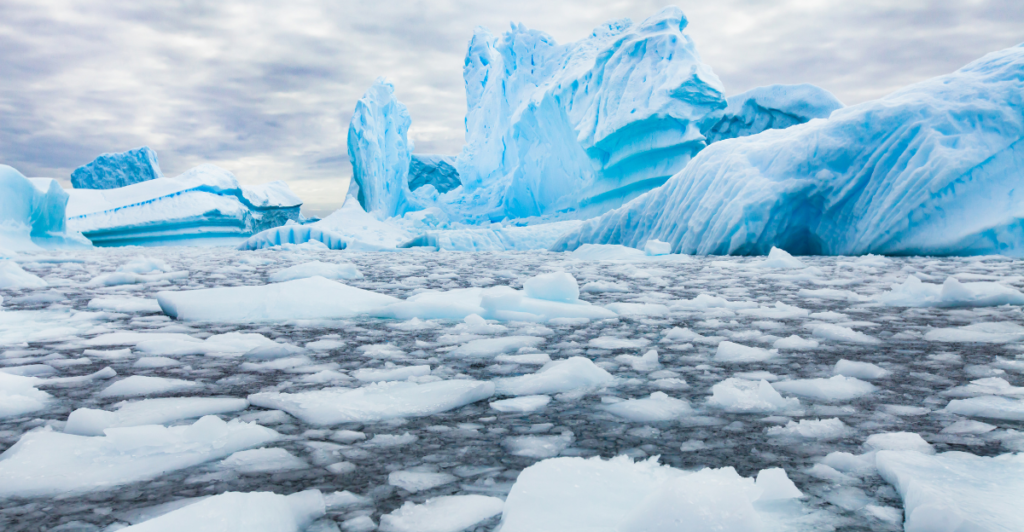
Icebergs naturally break off from glaciers, but not like this. This chunk is thousands of square kilometers wide, and it’s not just a random event, it’s part of a dangerous acceleration of ice loss in Antarctica. The more these massive ice sheets collapse, the faster we edge toward rising sea levels and ecosystem chaos.
Penguin Colonies Are About to Have a Really Bad Time
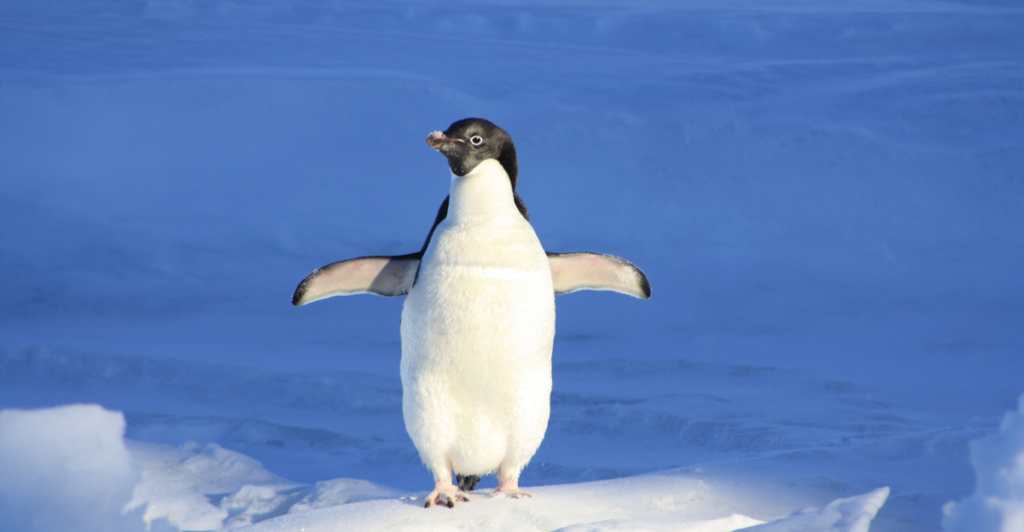
Penguins, especially Emperor and Adelie penguins, rely on stable ice for breeding. When a massive iceberg disrupts the landscape, they can get trapped away from their food sources or lose critical nesting grounds. With climate change already shrinking penguin populations, this floating city of ice is just another nail in the coffin.
Seals Are Losing Their Ice Homes
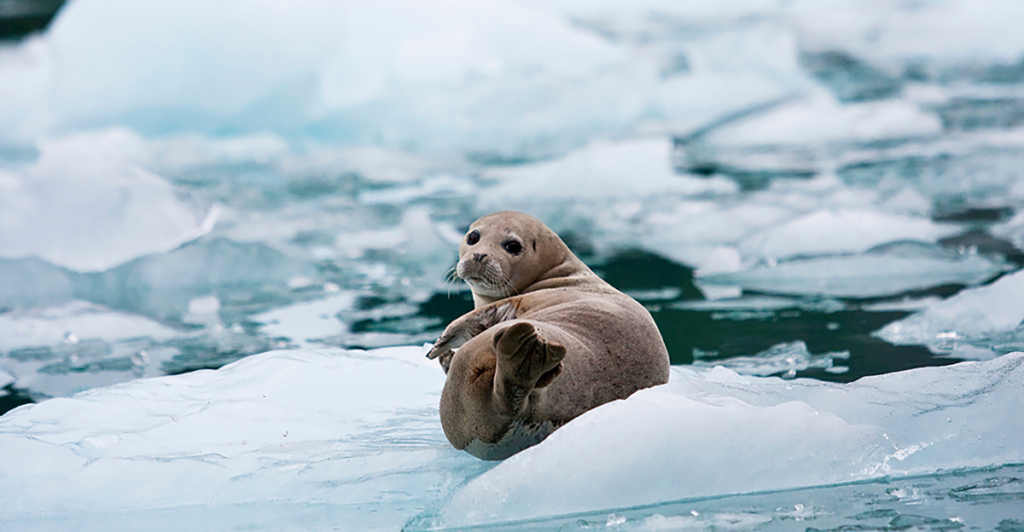
For seals like the Weddell and leopard seals, the ice isn’t just a random frozen platform—it’s their home. These massive bergs act as resting spots, breeding areas, and hunting grounds. When they break loose, seals are left with fewer places to survive. Less ice means harder hunts, fewer pups, and a lot more competition.
Krill – The Tiny Creatures That Keep Everything Alive – Are in Trouble
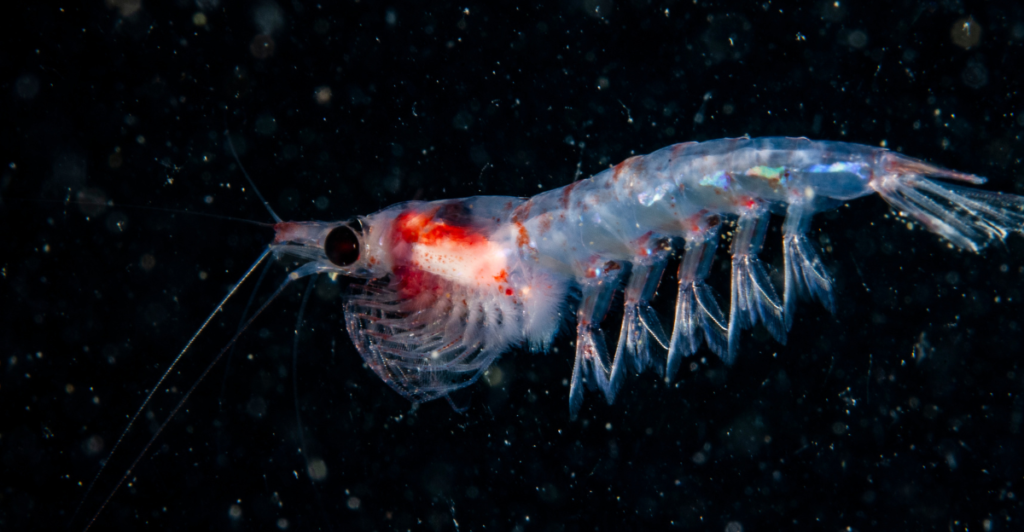
Krill might be tiny, but they’re the foundation of the entire Antarctic food chain. They thrive under sea ice, feeding on algae that grows beneath it. When a giant iceberg disrupts ocean currents and melts into freshwater, it can wipe out massive amounts of krill. And when krill populations crash? Everything from whales to penguins suffers.
Whales Are Losing Their All-You-Can-Eat Buffet
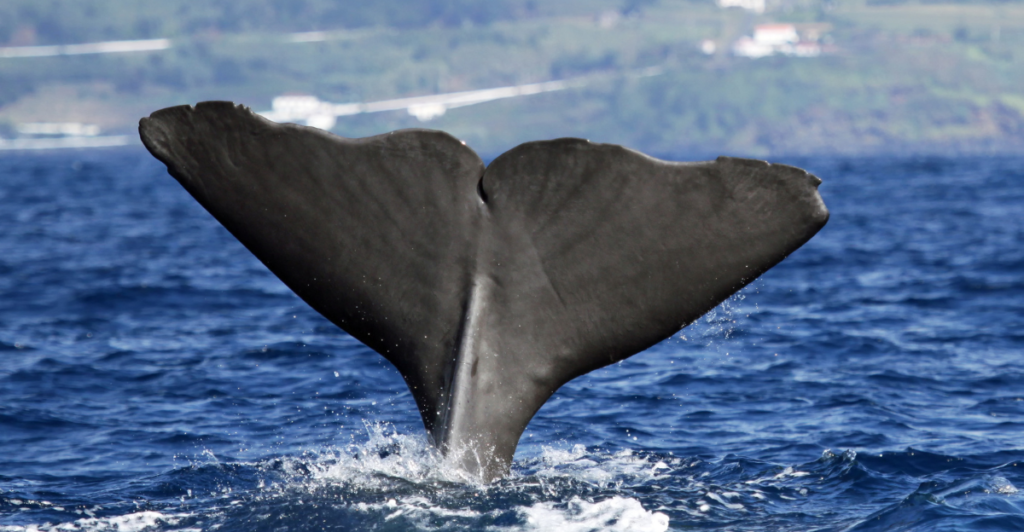
Speaking of krill—whales are gonna be hungry. Blue whales, humpbacks, and minke whales migrate thousands of miles to feast on krill blooms. But with the ice breaking apart faster than a cheap phone screen, krill populations aren’t stable. Less krill = less food for whales, and that means a serious threat to already endangered species.
This Iceberg Could Mess With Ocean Currents
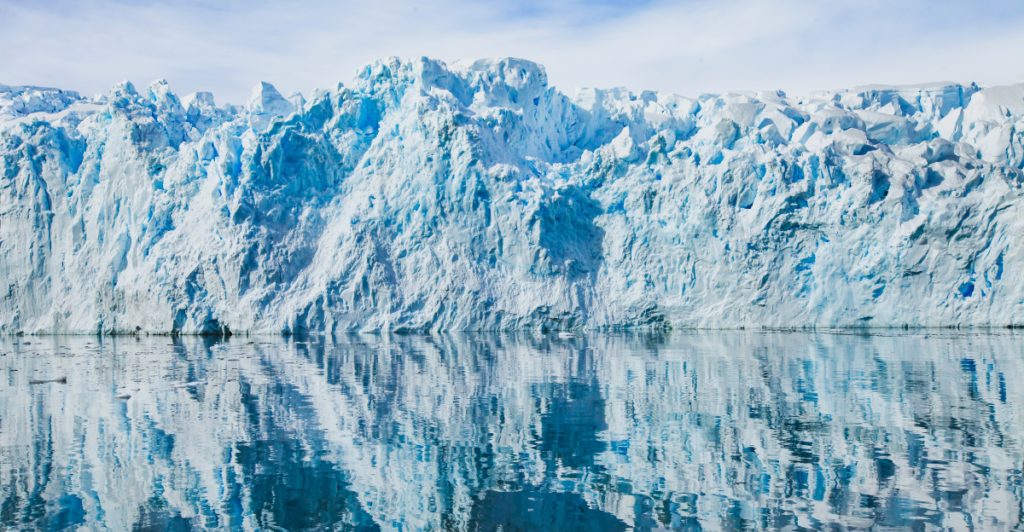
The world’s ocean currents rely on Antarctica’s ice to stay balanced. As massive icebergs melt and release freshwater, they can disrupt circulation, throwing off global temperatures, storm patterns, and even weather systems as far as the tropics. This one iceberg won’t do it alone—but it’s part of a bigger, scarier trend.
Why This Matters for Animals Beyond Antarctica
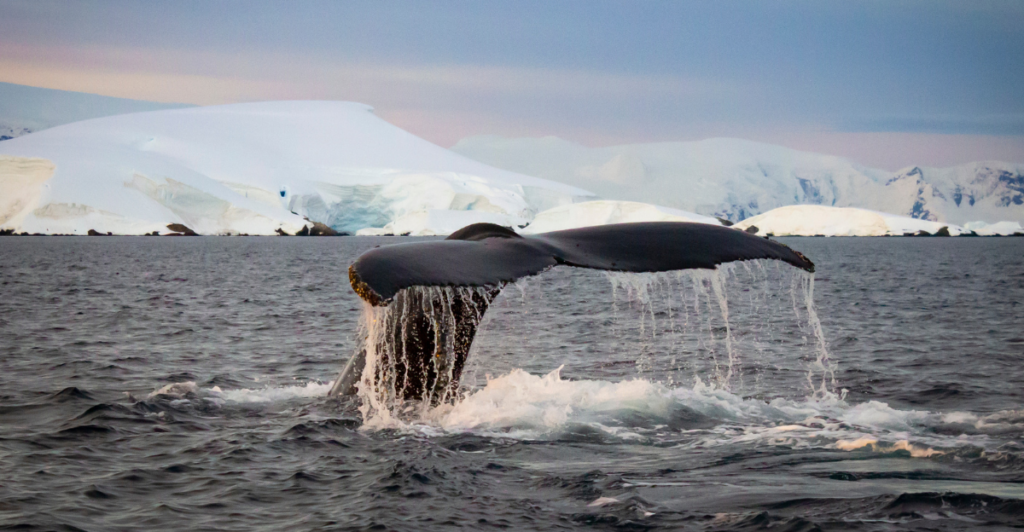
Think this only affects cold-weather animals? Think again. The Antarctic ecosystem is connected to the entire planet. When ocean currents shift, it impacts fish populations, weather systems, and even coral reefs. A warming, less stable Antarctica means harder conditions for marine life everywhere—from Arctic polar bears to tropical fish.
Rising Sea Levels: Coastal Wildlife Is in the Crosshairs
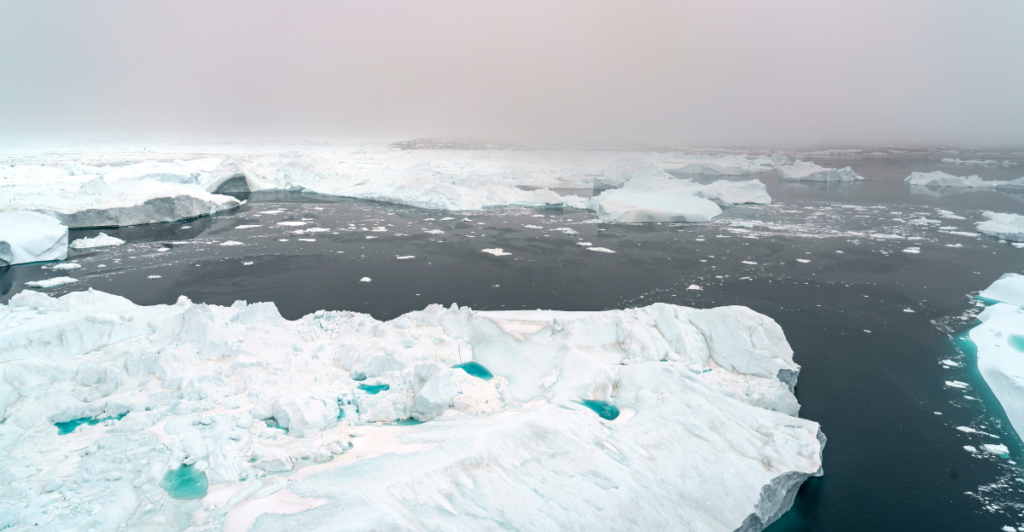
Every time a massive iceberg melts into the ocean, sea levels rise. This spells disaster for coastal wetlands, mangrove forests, and low-lying wildlife habitats around the world. Turtles, shorebirds, and coastal mammals are losing nesting grounds as rising waters swallow more and more land.
This Isn’t the First – And Definitely Not the Last
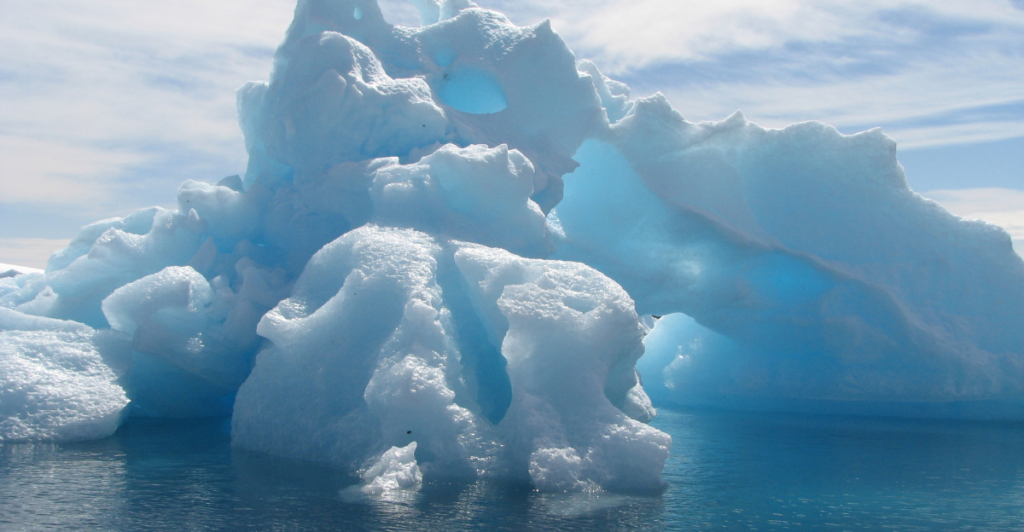
Massive iceberg break-offs are happening more frequently than ever. Scientists have tracked a rapid acceleration of Antarctic ice loss, and the more we heat up the planet, the more these events will happen. The question isn’t “if” we’ll lose more icebergs—it’s “how bad will it get?”
Can Anything Be Done?
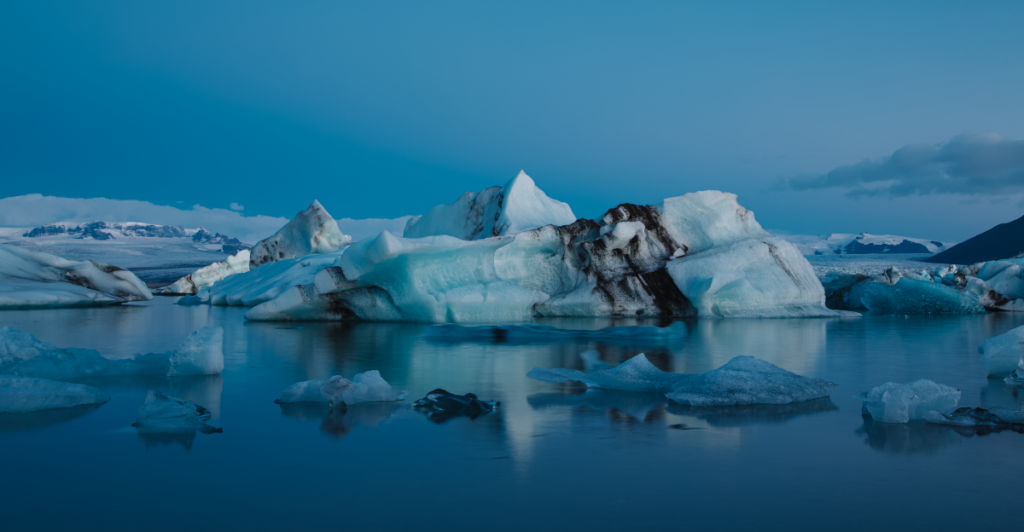
Slowing down ice loss means slowing down climate change. That means cutting carbon emissions, protecting natural carbon sinks like forests and oceans, and investing in climate resilience. It won’t magically refreeze Antarctica, but it could prevent future disasters from spiraling out of control.
What Scientists Are Watching Next
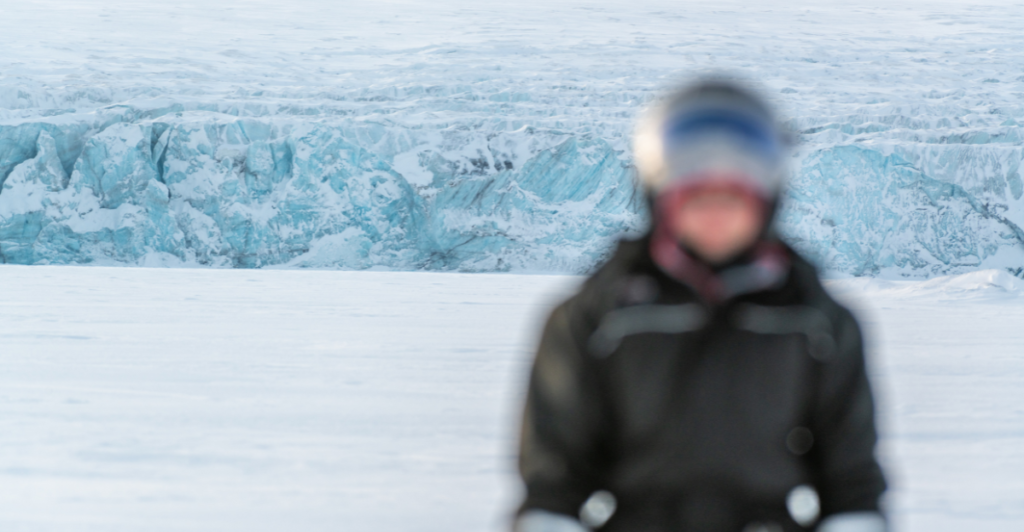
Glaciologists are monitoring even bigger ice sheets, like the Thwaites Glacier (aka the “Doomsday Glacier”). If that one collapses, we’re looking at catastrophic sea level rise. Tracking these icebergs isn’t just about watching giant ice chunks float away—it’s about predicting our planet’s future.
The Harsh Reality: The Clock Is Ticking
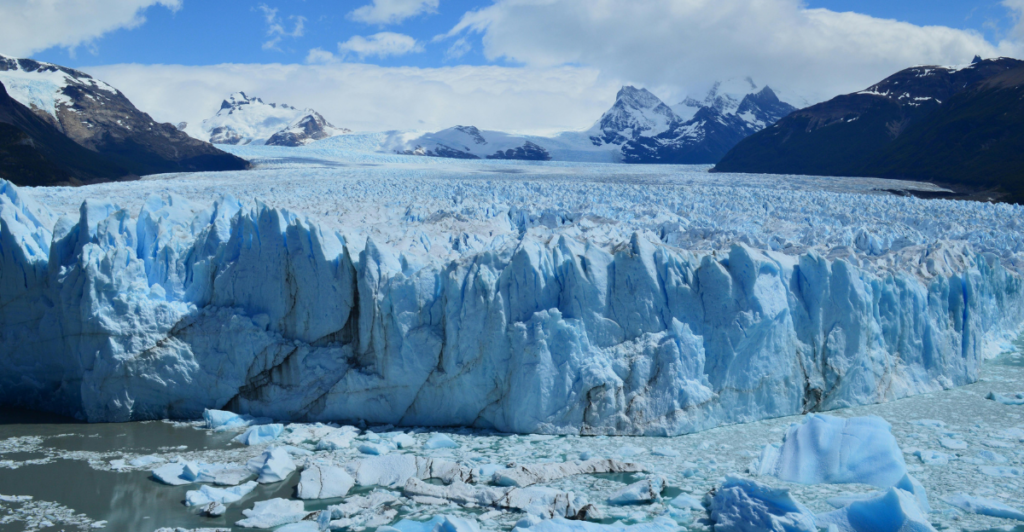
Every massive iceberg that breaks away is a warning sign. We’re losing the polar regions at record speed, and with them, entire ecosystems are at risk. If we don’t start acting like the planet actually matters, we’ll be watching more than just icebergs break apart, we’ll be watching entire species disappear.
This Iceberg Is a Wake-Up Call
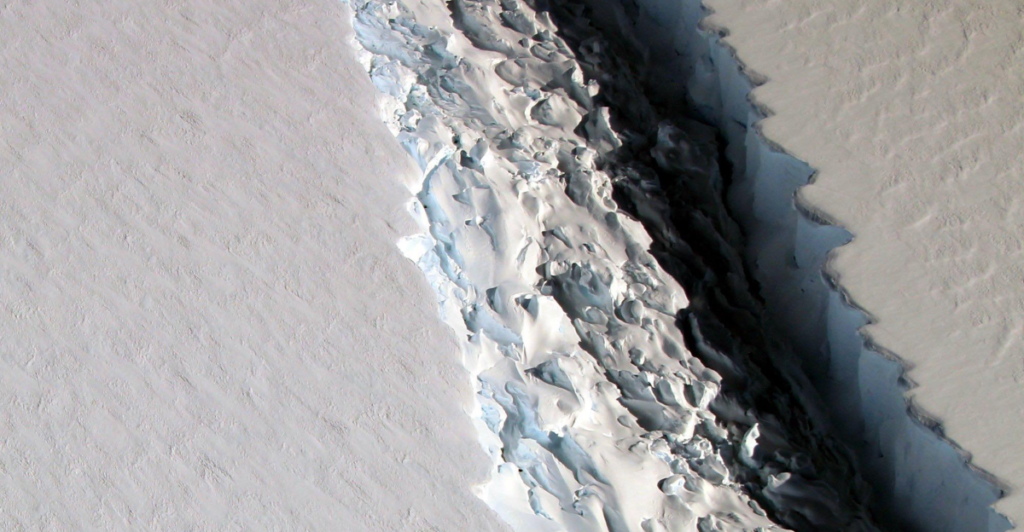
A Chicago-sized chunk of ice breaking off Antarctica isn’t just a cool science headline. It’s a giant, floating warning sign that climate change is real, and it’s happening fast. The animals that rely on the ice are already struggling, and unless we do something to slow this crisis down, we’re all going to feel the consequences. The question is: will we listen before it’s too late?
Explore more of our trending stories and hit Follow to keep them coming to your feed!

Don’t miss out on more stories like this! Hit the Follow button at the top of this article to stay updated with the latest news. Share your thoughts in the comments—we’d love to hear from you!







